Are you ready to embark on the most challenging adventures World of Warcraft has to offer? In the vast and ever-changing world of Azeroth, raiding is where true champions are made. But not all raids are created equal. Enter the realm of WoW Raid Difficulty Modes: Normal, Heroic, and Mythic.
These difficulty modes serve as a litmus test for your skills as a player, pushing you to your limits and beyond. Each mode offers a unique experience tailored to different levels of expertise. Normal Mode provides a balanced challenge suitable for all players seeking a taste of raiding glory.
Heroic Mode ups the ante, requiring greater coordination and tactical prowess. And then there’s Mythic Mode – the pinnacle of difficulty – reserved only for those who possess unparalleled skill and determination.
In this article, we will delve into the intricacies of these raid difficulty modes, exploring their differences in terms of size, composition, lockouts, communication etiquette, and strategies for progression.
So gear up, gather your allies, and prepare yourself for an epic journey through WoW Raid Difficulty Modes!
Normal Mode: A Balanced Challenge for All Players
Get ready to face the Normal mode, where you’ll find a perfectly balanced challenge that caters to all players and keeps you on the edge of your seat! This difficulty mode is designed to provide a fair and enjoyable experience for everyone, regardless of their skill level.
Whether you’re a seasoned veteran or new to raiding, Normal mode offers an opportunity to test your abilities without overwhelming you. It serves as a stepping stone towards more challenging modes, allowing players to gradually improve their skills and prepare for the ultimate test that awaits them in Mythic mode.
Now let’s dive into Heroic mode: stepping up the challenge with even greater obstacles and rewards.
Heroic Mode: Stepping Up the Challenge
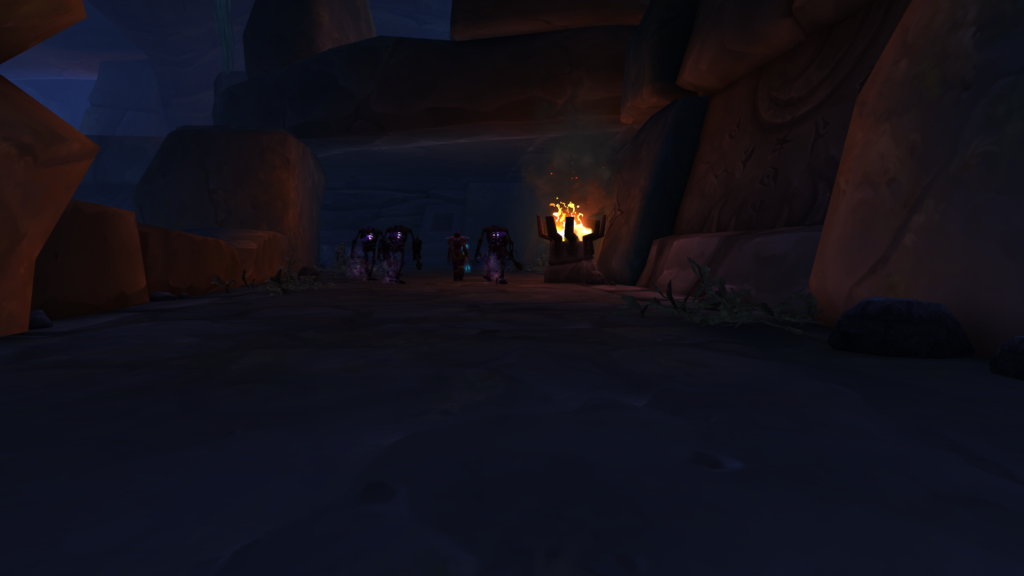
Step up your game and embrace the challenge of Heroic Mode, where you’ll face tougher encounters and push your skills to the limit. This mode is designed for players who’ve mastered Normal Mode and are ready for a greater challenge.
Heroic Mode offers increased difficulty scaling, meaning that each encounter will test your abilities in new ways. Bosses hit harder, mechanics become more complex, and coordination among team members becomes crucial. It’s a step above Normal Mode, requiring better gear, tighter execution, and enhanced teamwork.
Heroic Mode provides a satisfying progression for those seeking to further refine their raiding skills. By conquering this mode, you’ll be well-prepared for the ultimate test of skill: Mythic Mode – where only the most skilled players can succeed.
As you conquer Heroic Mode’s challenges, prepare yourself for Mythic Mode: the ultimate test of skill.
Mythic Mode: The Ultimate Test of Skill
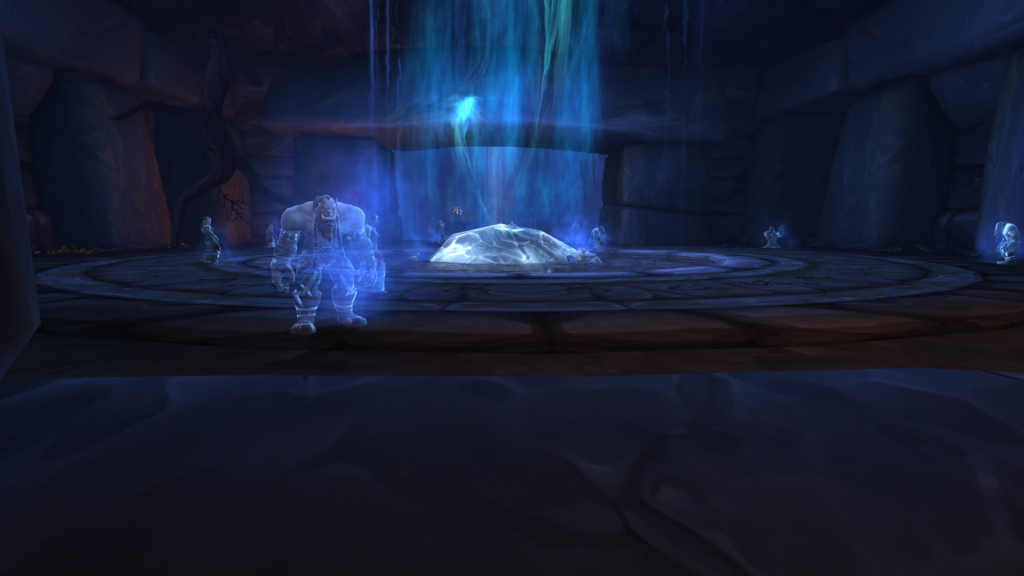
Prepare to enter the realm of legends, where only the most skilled warriors can conquer the unforgiving challenges that await in Mythic Mode. In this difficulty scaling mode, players will face encounters with increased health, damage output, and complex mechanics compared to Heroic Mode.
The coordination and precision required are unparalleled, demanding flawless execution from each member of your raid team. However, the rewards for overcoming these formidable obstacles are equally grand. Mythic Mode offers exclusive loot drops and prestigious achievements that serve as a testament to your mastery of the game.
Moreover, loot distribution follows a personal system, allowing each player to have a fair chance at obtaining desirable items. As you delve further into the intricacies of raiding in World of Warcraft, it is crucial to consider how raid size and composition play vital roles in achieving success in these challenging encounters.
Raid Size and Composition
When it comes to raid size and composition, flexibility is key. You need to be able to adjust the number of players in your raid team based on the difficulty of the encounter and the availability of your guild members.
Finding the optimal group composition is also crucial, as each class and spec brings unique abilities and utility that can greatly enhance your chances of success. Understanding each player’s role and responsibilities within the raid is essential for effective coordination and execution of strategies.
Flexibility in Raid Size
If you want to experience the epic battles of WoW raids in different group sizes, you can choose between normal, heroic, and mythic difficulty modes. This flexibility allows players to adapt their raiding schedules and preferences.
Whether you have limited time or prefer a more relaxed approach, normal mode offers a balanced challenge that can be completed with smaller groups. Heroic mode ramps up the difficulty for those seeking a more intense experience and requires a coordinated effort from a larger group.
Finally, mythic mode provides the ultimate challenge for the most skilled players who enjoy pushing themselves to the limit. With flexible raiding schedules and the option to participate in multiple guilds, players can find their preferred balance between commitment and enjoyment.
Transitioning into optimal group composition will allow for further optimization of your raiding experience without compromising efficiency or success.
Optimal Group Composition
In the previous subtopic, we discussed the flexibility in raid size. Now, let’s dive into the importance of optimal group composition for wow raid difficulty modes. To achieve success in raids, it is crucial to assemble a team with the right balance of classes and roles. Each class brings unique abilities and strengths that complement each other when coordinated effectively.
To illustrate this point, let’s take a look at an example table showcasing an ideal raid composition:
| Tank | Healer | DPS |
|---|---|---|
| Warrior | Priest | Mage |
| Paladin | Druid | Warlock |
| Death Knight | Shaman | Hunter |
Having a diverse mix of tanking, healing, and damage-dealing classes ensures that all necessary roles are covered. Effective communication strategies within the group also play a vital role in coordinating abilities and tactics during encounters.
Next, we will explore the specific roles and responsibilities within these compositions to further understand how they contribute to raid success.
Roles and Responsibilities
Let’s now delve into the roles and responsibilities within these optimal raid compositions to gain a deeper understanding of how each member contributes to the team’s success.
In a raid, effective communication among different roles is crucial for smooth execution of strategies. Tanks are responsible for drawing aggro and soaking up damage from bosses, while healers focus on keeping the group alive. DPS players deal significant damage to enemies and play a pivotal role in defeating bosses quickly.
Additionally, loot distribution is an important consideration for raid groups as it can affect player motivation and overall team dynamics. Fair and transparent systems should be implemented to ensure loot is distributed equitably among members based on their contribution.
It is also essential for all participants to exhibit good behavior, such as being respectful towards others and following instructions from raid leaders.
With these roles and responsibilities established, let’s now transition into discussing raid lockouts and reset timers without missing a beat.
Raid Lockouts and Reset Timers
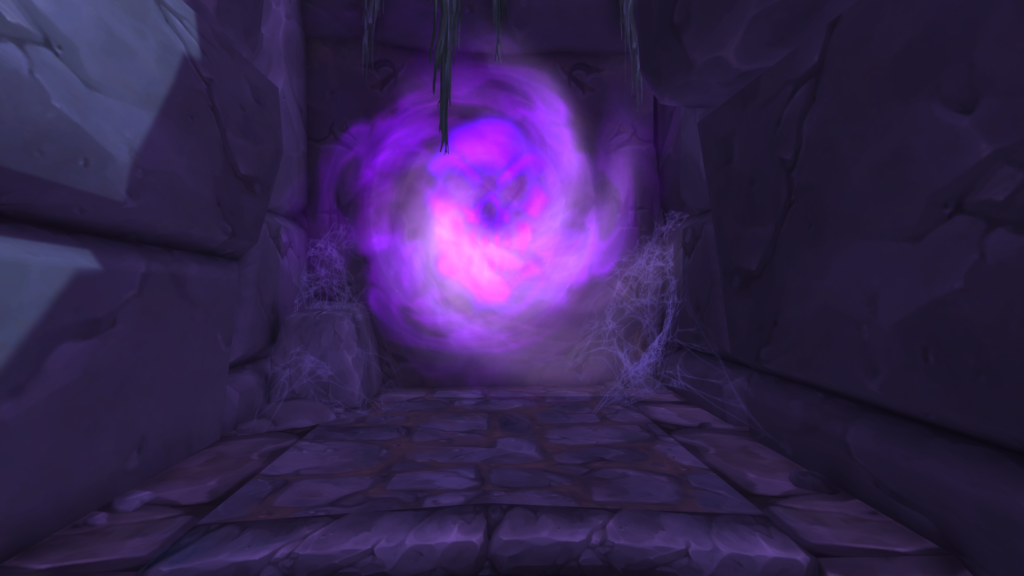
When it comes to raid progression, understanding the concept of weekly lockouts and reset timers is crucial. These mechanisms determine how often you can attempt a specific raid and when it resets for another chance at loot.
While lockouts and reset timers provide benefits like pacing progression and preventing burnout, they also come with limitations such as limited attempts per week. Maximizing raid progression requires careful planning and coordination to make the most out of these time-based restrictions while maintaining a steady pace towards your goals.
Weekly Lockouts and Reset Timers
Moreover, players can anticipate different weekly lockouts and reset timers depending on the difficulty mode they choose in WoW raids. This provides a level of flexibility and allows players to tailor their gaming experience to their preferences. In normal mode, players have a weekly lockout where they can only defeat each boss once per week. The raid resets every Tuesday, giving players a fresh opportunity to tackle the challenges again. In heroic mode, the lockout is also weekly, but the raid resets on Wednesday instead. Finally, in mythic mode, the lockout is even more restrictive as it is only available once per week per character. However, the raid reset for mythic mode occurs on Tuesday like normal mode. Understanding these different lockouts and reset timers is crucial for planning your raid progression efficiently. Transitioning into the next section about benefits and limitations will provide further insight into this complex system of raid difficulties and rewards.
Benefits and Limitations
One key advantage of the different lockouts and reset timers in WoW raids is that they offer players a chance to pace themselves and prevent burnout. As the saying goes, ‘slow and steady wins the race.’ This system allows individuals to balance their real-life commitments with raiding, ensuring they don’t become overwhelmed or exhausted by constant progression.
Additionally, it gives players time to learn and master encounters at each difficulty level before moving on to the next challenge. However, there are also some limitations to this system. First, it can lead to frustration for more experienced or skilled players who are ready for greater challenges but are held back by slower-paced progression.
Second, it may create a divide within raid teams between those who prefer faster progress and those who prefer a slower approach. Lastly, it can prolong the time needed to complete all raid difficulties before new content becomes available.
Transitioning into maximizing raid progression…
Maximizing Raid Progression
To truly excel in conquering the toughest challenges, you must strategize and coordinate your efforts with precision and efficiency. Maximizing raid performance requires overcoming various challenges that arise during each encounter. By utilizing effective strategies and communication, you can increase your chances of success. One key aspect of maximizing raid progression is understanding the mechanics of each boss fight and developing a well-rounded team composition. This includes having a mix of damage dealers, healers, and tanks that can adapt to different situations. Additionally, optimizing your gear and talents for maximum output is crucial. Constantly analyzing logs and seeking feedback from experienced players can help identify areas for improvement and fine-tune your gameplay. Remember, teamwork is vital in raids, so clear communication and coordination are essential to overcome obstacles together.
Moving on to raiding etiquette and communication…
Raiding Etiquette and Communication
In order to achieve success in raids, effective communication is crucial. This includes clear and concise instructions from raid leaders and officers, as well as open lines of communication among all members of the raid group.
Additionally, it is important to establish guidelines for dealing with loot distribution and player behavior to promote a fair and respectful environment within the raid team.
Effective Communication in Raids
Communication is the key to victory in raids, and with effective communication, players can conquer even the most challenging encounters. In order to succeed, raiders must utilize various communication techniques to ensure coordination and efficiency.
Clear and concise callouts are essential for conveying important information during intense battles. Building trust among raid members is crucial for effective communication, as it encourages open dialogue and collaboration. Establishing a positive and respectful atmosphere allows everyone to freely express their ideas and concerns without fear of judgment or ridicule.
Effective communication also involves active listening, where players attentively listen to instructions and feedback from others. By actively engaging in communication strategies, raiders can enhance their overall performance and overcome obstacles together.
Transitioning into the next section about the role of raid leaders and officers, their ability to facilitate effective communication is vital in guiding the team towards success.
Role of Raid Leaders and Officers
As a member of a raid team, you rely on the guidance and support of your raid leaders and officers to navigate through challenging encounters and lead the group towards victory. Effective leadership strategies play a crucial role in building a cohesive raid team.
Raid leaders should possess strong communication skills to effectively convey strategies, assign roles, and coordinate movements during encounters. They must also have extensive knowledge of the game mechanics and be able to adapt quickly to unexpected situations.
Additionally, successful raid leaders foster a positive and inclusive environment that encourages teamwork and supports individual growth. They understand the importance of recognizing and utilizing each team member’s strengths while addressing any conflicts or issues that may arise within the group. This ensures a harmonious atmosphere where everyone feels valued and motivated to contribute their best efforts towards achieving success.
Moving forward into dealing with loot and player behavior, it is important to maintain fairness while managing these aspects within your raid team.
Dealing with Loot and Player Behavior
To uncover the reality of a theory, it’s essential to examine how loot distribution and player behavior are managed within a raid team.
Dealing with loot distribution can be a challenging task for raid leaders and officers. They must establish fair and efficient systems that ensure everyone has an equal chance at obtaining valuable items. This often involves implementing predetermined rules or using a rolling system to determine who receives what loot.
Addressing toxic player behavior is equally important. Raid leaders need to create a positive and respectful environment where players treat each other with kindness and professionalism. This may involve setting clear expectations for behavior, addressing issues promptly, and potentially removing toxic individuals from the team if necessary.
By effectively managing both loot distribution and player behavior, raid teams can foster a healthy atmosphere conducive to success in raids.
Transitioning into the subsequent section about ‘progression and strategy tips,’ it’s crucial to consider how these aspects impact overall performance in raid encounters.
Progression and Strategy Tips
Looking for the best way to conquer the challenging raid difficulties in WoW? Check out these progression and strategy tips! When it comes to tackling raid content, reaching certain progression milestones is crucial. Make sure your gear is up to par by running lower difficulty modes first before attempting higher ones. This will help you familiarize yourself with boss mechanics and optimize your class/spec performance. Boss encounter preparation is key, so take time to research strategies, watch videos, and study guides. Communicate and coordinate with your team to ensure everyone is on the same page. Additionally, here are some helpful tips:
1) Assign specific roles for each player during encounters.
2) Utilize add-ons or WeakAuras to track boss abilities.
3) Establish a clear leadership structure within your group.
4) Analyze logs after each raid session to identify areas for improvement.
By following these tips, you’ll be well-equipped to tackle the challenges of WoW raiding!
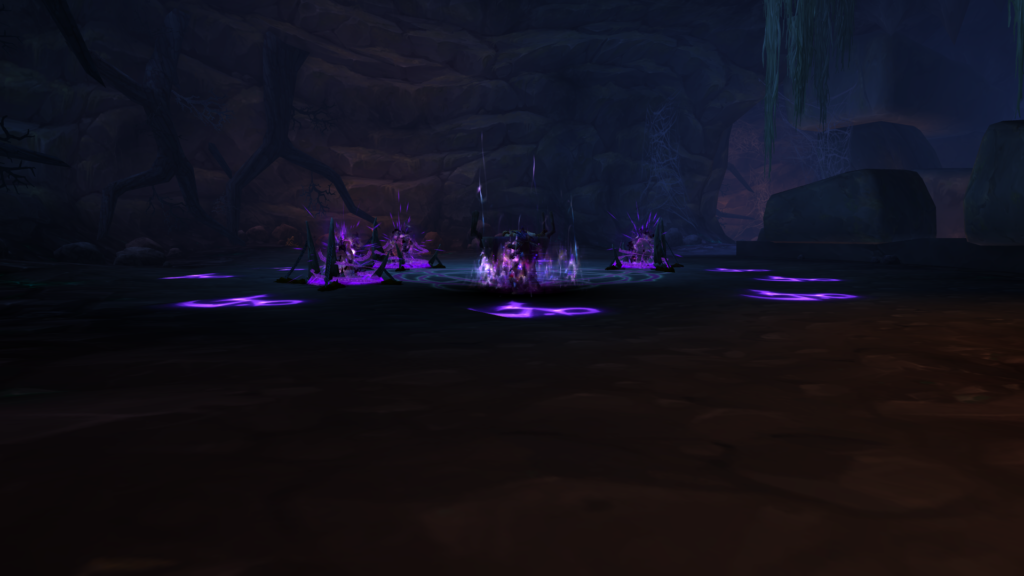
Frequently Asked Questions
Can players switch between different difficulty modes during a raid lockout period?
No, players can’t switch between different difficulty modes during a raid lockout period. This restriction ensures that raid progression remains consistent and fair for all players. The raid lockout reset frequency varies depending on the specific raid, but typically occurs once per week.
Mythic raid progression strategies often require a coordinated and skilled group of players. Raid size recommendations vary, but generally range from 10 to 30 players. The maximum number of players in a raid is usually set at 30 for most encounters.
How often do raid lockouts reset and allow players to re-enter the raid?
Raid lockout timers dictate how often players can re-enter a raid. These timers typically reset on a weekly basis, allowing players to start fresh and attempt the raid again. However, if you’ve already defeated certain bosses or completed certain objectives within the raid, those progressions will be saved and can’t be repeated until the next reset. This ensures that players can’t farm loot and rewards by repeatedly entering raids in different difficulty modes during a single lockout period.
What is the recommended raid size for each difficulty mode?
When it comes to raiding in WoW, the recommended raid sizes vary depending on the difficulty mode.
For normal mode, it’s typically suggested to have a group of 10 to 30 players.
Heroic mode usually requires a slightly larger team, ranging from 10 to 30 as well.
Mythic difficulty is the most challenging and often requires a more coordinated effort with a fixed size of 20 players.
Unfortunately, players can’t switch difficulty modes mid-raid lockout period; they must wait for the reset to try a different mode.
Are there any specific strategies or tips for progressing through Mythic mode?
When it comes to progressing through Mythic mode in WoW raids, there are several strategies you can employ.
Firstly, understanding the Mythic raid boss mechanics is crucial. Research and study each boss’s abilities and phases to prepare yourself and your team.
Communication is also key – coordinate with your teammates to maximize efficiency and avoid unnecessary mistakes.
Additionally, adaptability is important as Mythic encounters often require quick thinking and adjustment of tactics based on changing circumstances.
Is there a limit to the number of players that can participate in a raid?
Raid group coordination and understanding raid encounter mechanics are crucial for success in raids. In terms of the number of players that can participate, there is a limit imposed by the game.
For most raids, the maximum number of players allowed is 30. This limit ensures that encounters are challenging yet manageable. It also promotes teamwork and coordination among raid members to overcome difficult boss mechanics and achieve victory.
Conclusion
In conclusion, when it comes to WoW raid difficulty modes, there’s something for every player. Whether you’re looking for a balanced challenge or an ultimate test of skill, Normal, Heroic, and Mythic modes offer varying levels of difficulty.
It’s important to consider raid size and composition, as well as the raid lockouts and reset timers. Additionally, practicing good raiding etiquette and communication can greatly enhance your experience.
So gear up, form your strategy, and embark on an epic adventure in the world of Azeroth!
Join my World of Warcraft blog for epic battles, strategies, and behind-the-scenes lore! Come explore Azeroth with me.
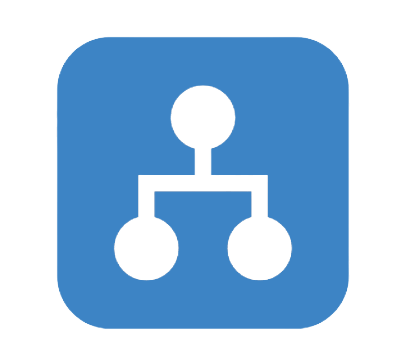
Leave a Reply